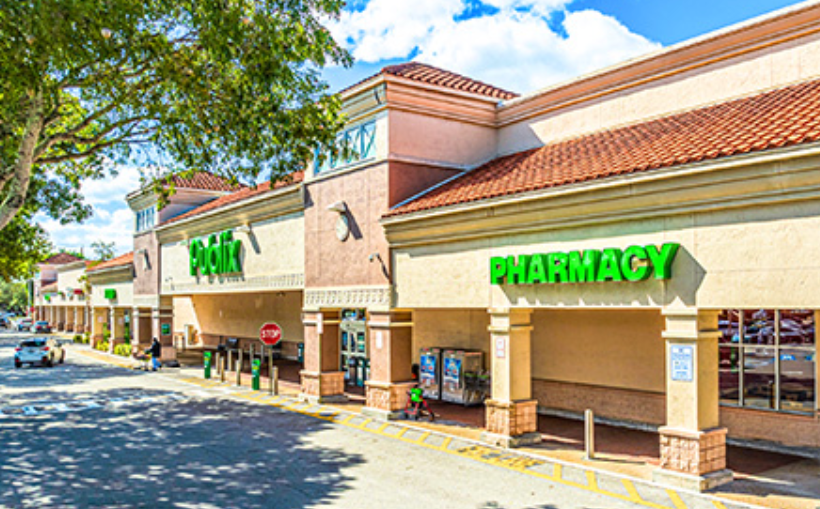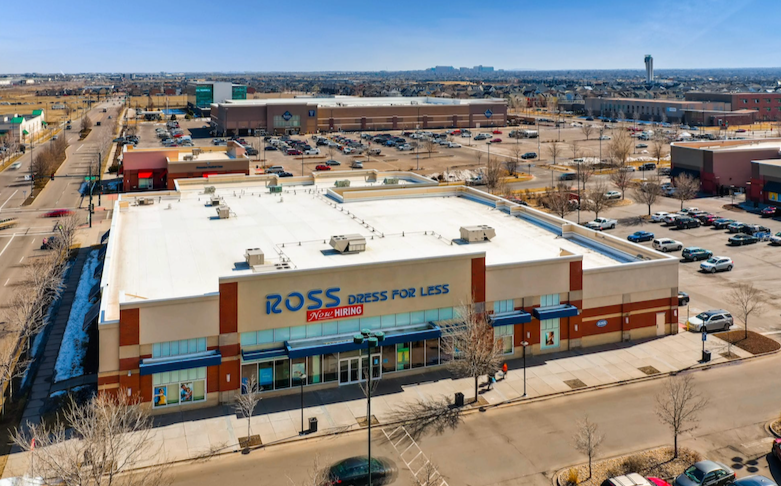**Q1 2025 Retail Real Estate: A Market in Transition**
Retail real estate in the first quarter of 2025 is showing significant shifts across several key indicators. According to multiple industry reports, the market is undergoing a transitional period marked by negative net absorption, limited new construction, increased store closures, and a challenging economic outlook.
**Absorption Turns Negative**
The trend of positive net absorption—the amount of space leased versus vacated—has reversed. CBRE’s U.S. Retail Figures report a downturn in absorption, citing economic uncertainty as the driver behind retailers reassessing their expansion plans. This reprioritization has led to a more cautious market environment overall.
Despite these shifts, vacancy rates remain historically low. Lee & Associates’ Q1 2025 North America Market Report notes that retail vacancy rates are still within 10 basis points of the all-time low of 4.8%. This is largely due to muted new development, keeping overall space availability constrained.
**Construction Pullback Continues**
Across all reports, there is consensus that new retail construction has decelerated significantly. Colliers’ U.S. Retail Market Statistics attribute the slowdown to higher financing rates and elevated construction costs, resulting in fewer development projects moving forward. Tight labor markets and inflationary pressures have further compounded these challenges.
This slump in construction is occurring alongside a growing volume of store closures. Cushman & Wakefield’s U.S. Retail MarketBeat projects that closures in 2025 will outpace openings. JLL’s U.S. Retail Market Dynamics highlights that power centers and neighborhood centers are among the most affected formats.
Nonetheless, retailers are quickly occupying available space. JLL reports that freshly vacated units are being refilled almost immediately, and according to Lee & Associates, the pace of backfilling has reached a 15-year high. Despite more space coming on the market, there remains a strong demand for quality retail locations.
**Tariffs Introduce New Uncertainty**
Another looming challenge for the retail sector is the resurgence of tariffs. Industry analysts across all firms agree that tariff increases could lead to higher operating costs and suppressed consumer demand. Cushman & Wakefield warns that these economic headwinds could lead to further contraction in retail activity.
JLL echoes this sentiment, suggesting that retailers may delay or scale back expansionary plans until market stability returns. CBRE concurs, forecasting that these external pressures may negatively impact retail fundamentals in the near term.
Meanwhile, the dearth of newly developed, first-generation space is intensifying the competition among retailers looking to grow. As noted by Lee & Associates, dozens of large national tenants continue to seek suitable locations, further tightening supply.
**Resilience Built on Past Experience**
Despite these challenges, there’s a cautious sense of optimism. Cushman & Wakefield points out that many retailers are better equipped than in the past to navigate today’s volatility. Lessons learned during the pandemic, along with recent experiences with inflation, have strengthened retailers’ ability to adapt. Strategies around supply chain flexibility and cost management are now crucial tools for managing uncertainty.
As Q1 2025 concludes, the retail real estate sector presents a complex picture—marked by constrained construction, growing vacancy from closures, and a resilient yet cautious tenant base. The months ahead will likely see continued adaptation as the industry responds to economic pressures and shifting market fundamentals.




